A minibeast hunt is a great science activity for young children. It’s a good excuse for getting the whole family outside on an adventure and provides lots of fun learning opportunities.
You don’t need a huge area to explore, a small garden or outdoor space can be filled with minibeasts. A minibeast hunt doesn’t need any special equipment, although magnifying glasses and bug containers can be useful.

Spring or summer is the perfect time to go on a minibeast hunt as many bugs are more active at this time of year, but you’ll find creepy crawlies all year round if you know where to look.
What is a Minibeast?
Minibeasts are tiny creatures without a backbone ( invertebrates ). They don’t have a skeleton. Some are soft-bodied like worms, others have shells, and some have a hard exoskeleton like a beetle.
Minibeasts eat all kinds of different things. Butterflies eat nectar from flowers, caterpillars eat plants, and spiders eat other minibeasts!
Minibeast Hunt – Top Tips
In spring and summer, you probably just need to look around to see bees, butterflies and ants, but some creatures can be a bit harder to spot.
Carefully look under stones to find millipedes, centipedes and woodlice.
Look for flowers to find bees and butterflies.
After rain is a good time to look for slugs, worms and snails.
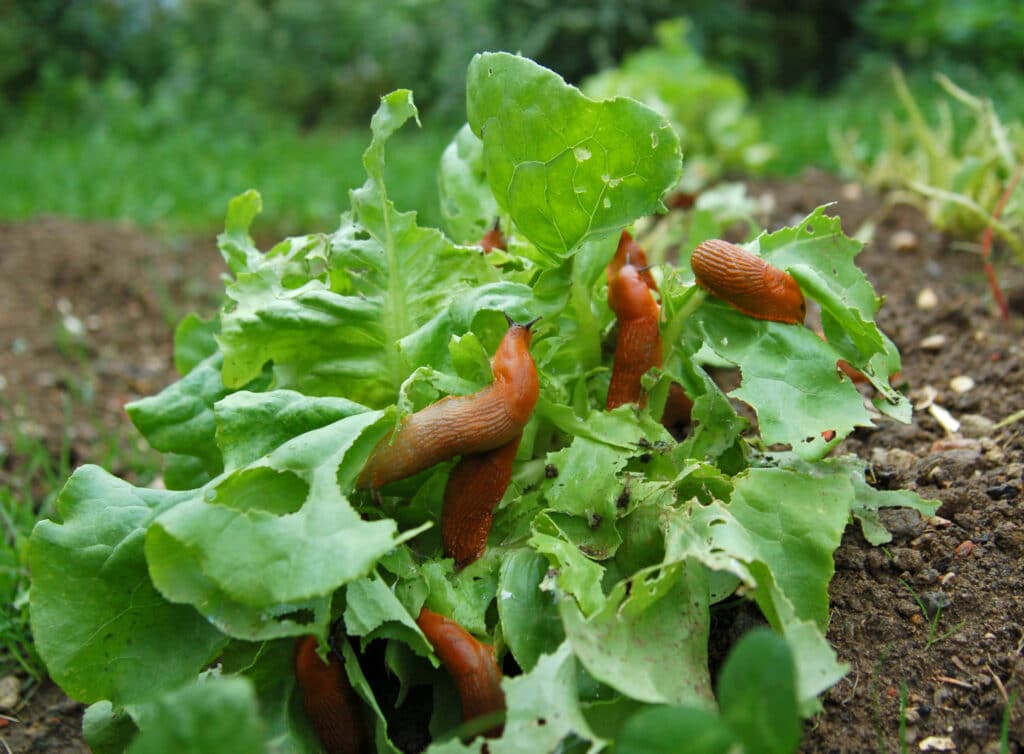
Search leaves on trees and bushes to find aphids, caterpillars and ladybirds.
FREE Minibeast Hunt Checklist
Use one of my free minibeast checklists, or make your own!
Try not to disturb the creatures you find, and if you pick them up for a closer look, always put them back where you found them.
Extension tasks
Go on a minibeast hunt at different times of the year and compare what you find.
Try our build a beetle game.
Make a model of a minibeast lifecycle.
Create a 3D model of a bug. The Craft Train has a brilliant 3D dragonfly.
Build a bug house to attract bugs to an outdoor space.
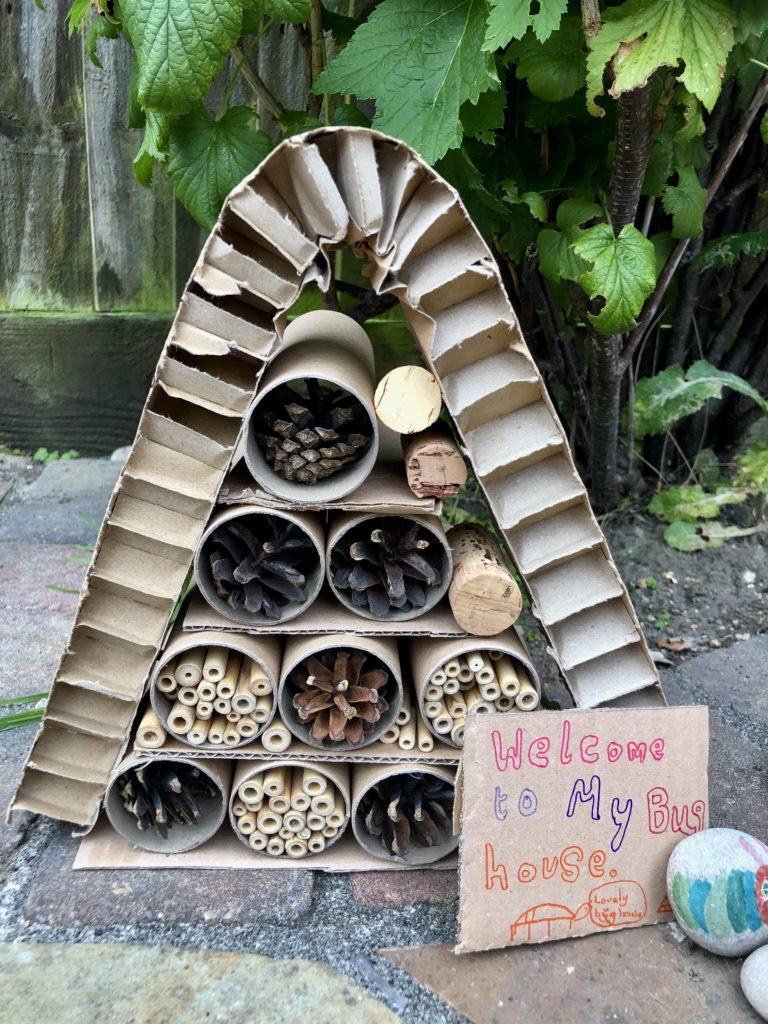
Taming Little Monsters has a fantastic insect movement dice.
Finally, don’t forget to look at my other outdoor science activities!
Make your own minibeast book so others can see your observations and findings.
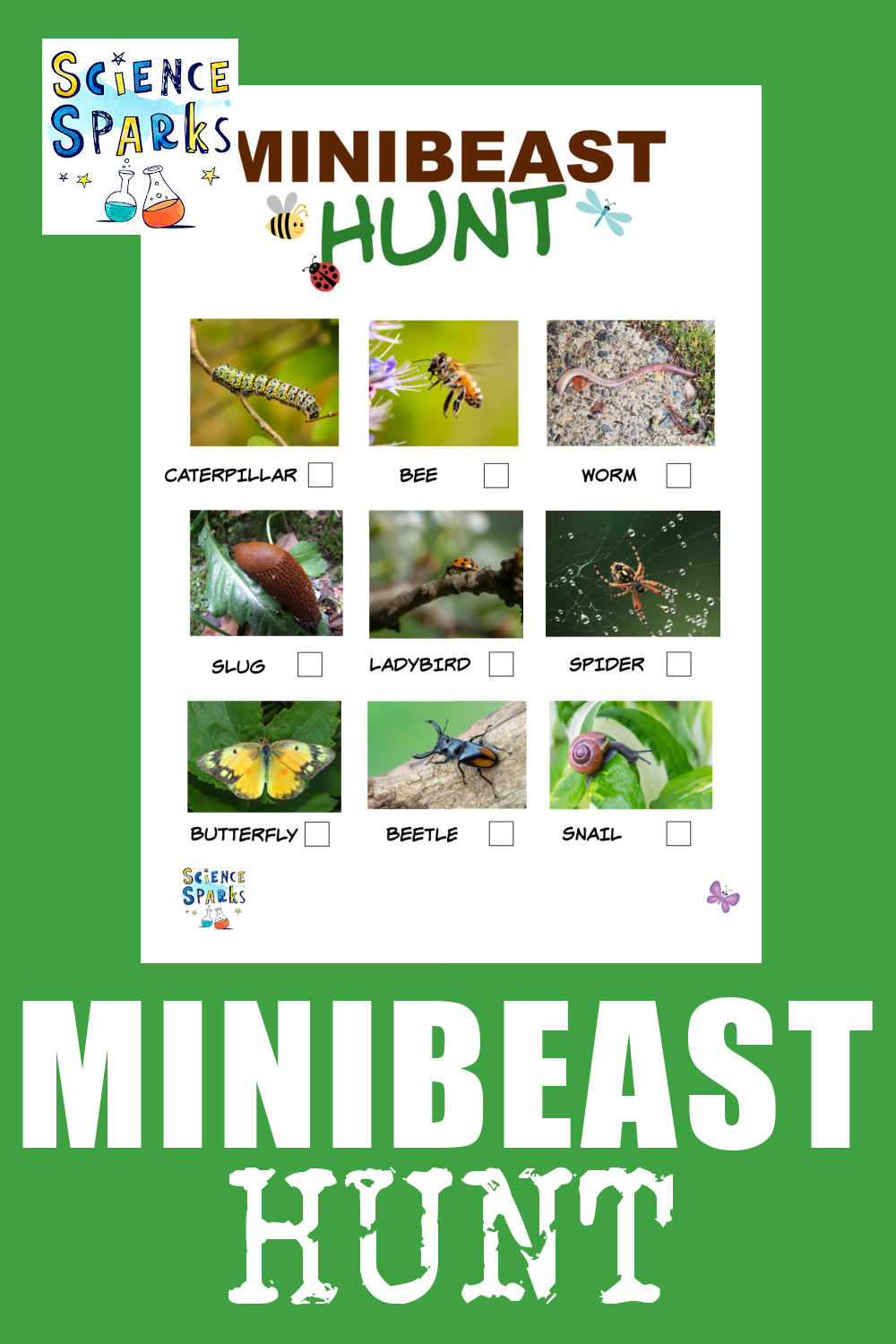
Last Updated on March 24, 2025 by Emma Vanstone

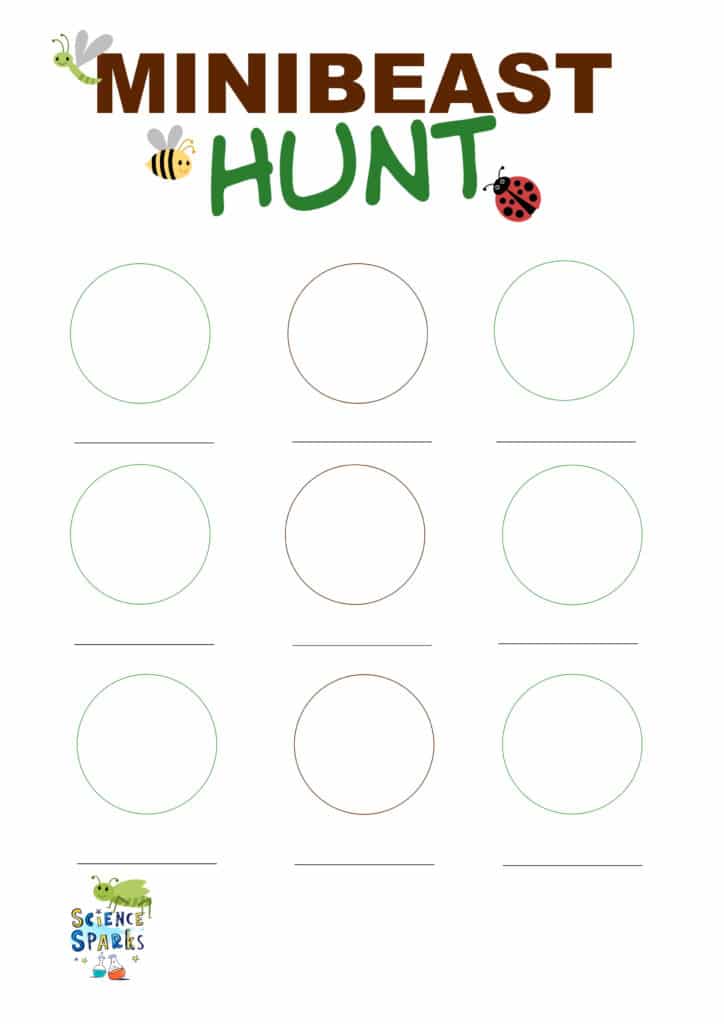
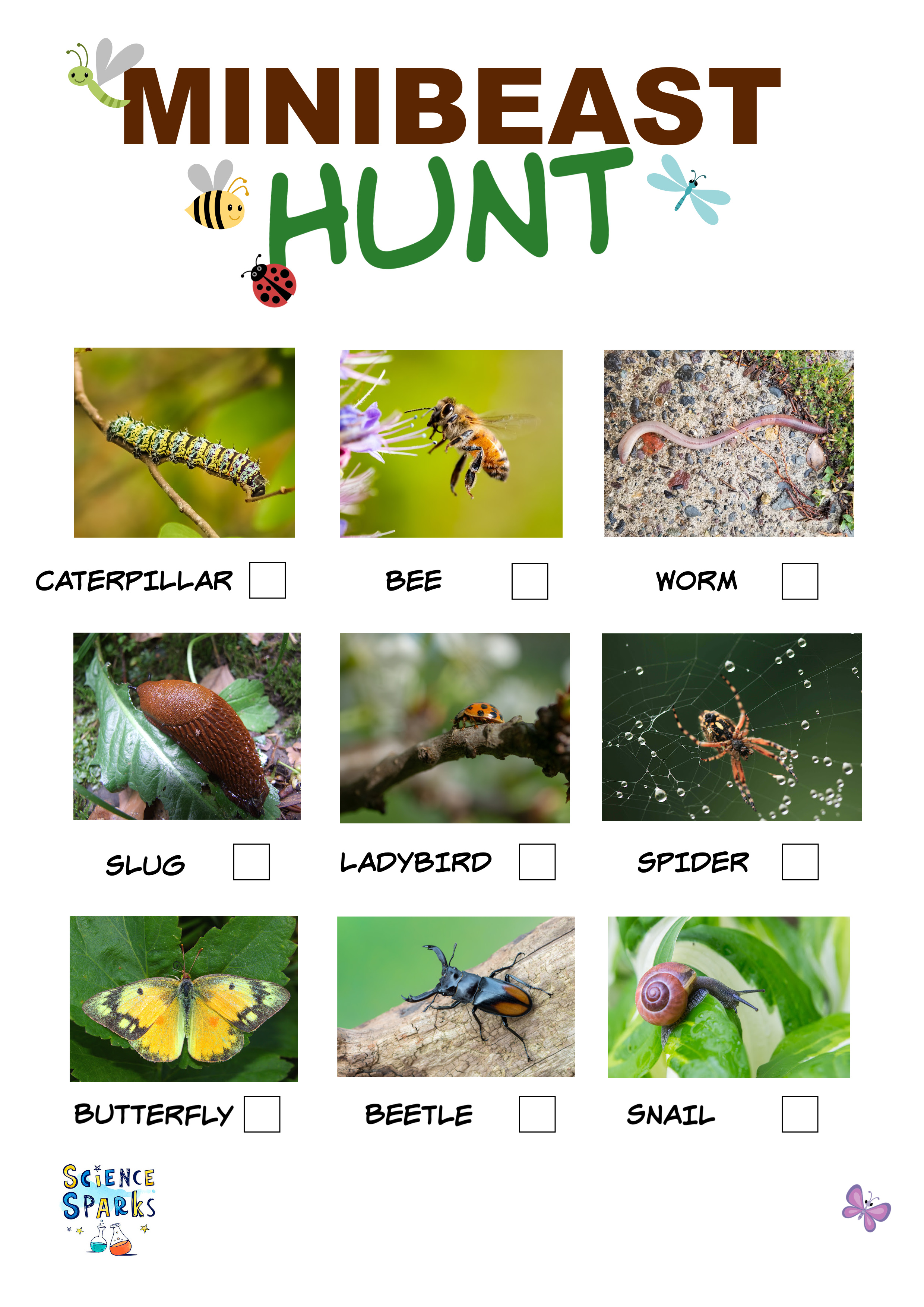
Leave a Reply